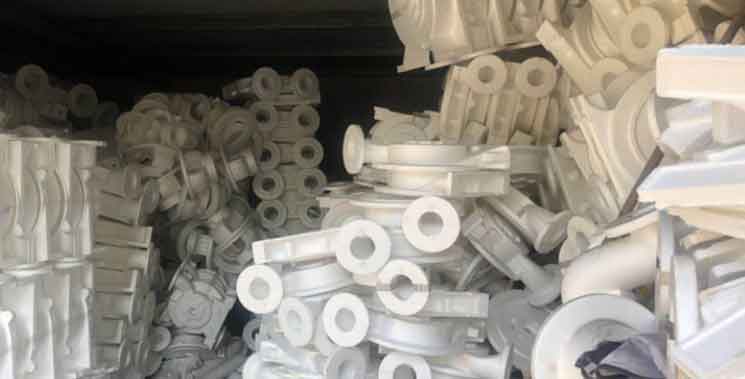
Investment casting, also known as precision casting or lost wax casting, offers the flexibility to explore new materials and alloys for enhanced performance in component manufacturing. By utilizing different materials and alloys, manufacturers can tailor the properties of the components to meet specific application requirements. Here’s how investment casting enables the exploration of new materials and alloys for improved performance:
- Material Compatibility: Investment casting can accommodate a wide range of materials and alloys suitable for various applications. From stainless steel and carbon steel to superalloys, titanium, and aluminum, investment casting provides the flexibility to work with different materials and explore their performance characteristics. This allows manufacturers to select the most appropriate material for specific applications based on factors such as strength, corrosion resistance, heat resistance, and weight requirements.
- Specialized Alloys: Investment casting enables the use of specialized alloys that offer enhanced performance properties. These alloys can include high-strength materials, heat-resistant alloys, corrosion-resistant alloys, and materials with specific magnetic, electrical, or thermal conductivity properties. By utilizing these specialized alloys, manufacturers can create components that can withstand harsh environments, operate at high temperatures, or meet stringent performance requirements.
- Alloy Customization: Investment casting allows for the customization of alloys to optimize their properties for specific applications. By adjusting the composition of the alloy, manufacturers can fine-tune mechanical properties such as strength, hardness, and ductility to meet the desired performance criteria. Alloy customization provides the opportunity to develop materials with improved performance characteristics tailored to the specific needs of the application.
- New Material Development: Investment casting supports the exploration and development of new materials for enhanced performance. Researchers and material scientists can use investment casting to produce prototypes and test components made from novel materials, allowing for the evaluation of their properties and performance in real-world conditions. This promotes innovation and drives advancements in material science.
- Composite Materials: Investment casting can also be used to incorporate composite materials into components. Composite materials, such as fiber-reinforced composites, offer a unique combination of properties, including high strength-to-weight ratio, corrosion resistance, and improved fatigue resistance. Investment casting allows for the integration of these composite materials into complex component designs, opening up new possibilities for lightweight and high-performance applications.
- Material Testing and Evaluation: Investment casting provides a reliable method for testing and evaluating the performance of different materials and alloys. By producing components through investment casting, manufacturers can subject them to rigorous testing and analysis to assess their mechanical properties, durability, and performance characteristics. This enables the identification of the most suitable materials for specific applications, ensuring optimal performance and reliability.
The flexibility of investment casting allows manufacturers to explore new materials and alloys for enhanced performance in component manufacturing. By leveraging different materials, specialized alloys, alloy customization, and composite materials, manufacturers can optimize the properties of components to meet specific application requirements. Investment casting serves as a valuable tool for material exploration, innovation, and the development of high-performance components.
